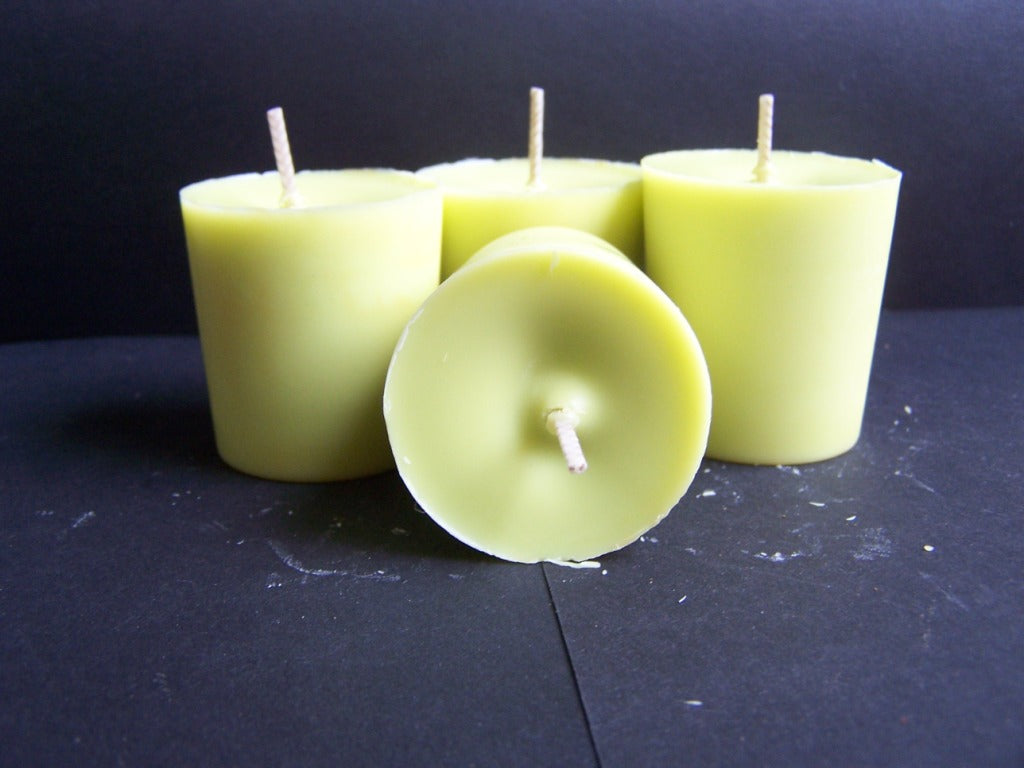Produce Ambiance with Handcrafted Soy Wax Candles and Home Fragrance
Produce Ambiance with Handcrafted Soy Wax Candles and Home Fragrance
Blog Article
From Wick to Wax: Recognizing the Chemistry Behind Soy Wax Candles and Their Ecological Effect
As we illuminate our rooms with the warm radiance of candles, there exists a realm of complex chemistry behind the seemingly basic act of lighting a soy wax candle. The selection in between soy and paraffin wax extends past mere visual appeals, diving right into the world of environmental effect and the extremely composition of the materials. Comprehending the molecular framework of soy wax and its burning process clarifies the emissions released right into our surroundings. Join us as we unwind the scientific complexities behind soy wax candle lights and discover their effects on our environment.
Soy Wax Vs. Paraffin Wax
When contrasting soy wax and paraffin wax for candle light production, it is necessary to comprehend the unique characteristics and benefits of each product. Soy wax is a natural, renewable resource originated from soybean oil, making it biodegradable and environment-friendly - crystal soy candles. On the other hand, paraffin wax is a byproduct of petroleum refining, which increases concerns about its environmental effect and sustainability
Soy wax candles shed cleaner and release much less residue contrasted to paraffin wax candles, making them a healthier selection for indoor air high quality. Furthermore, soy wax has a lower melting point, permitting a longer-lasting candle that spreads fragrance better. Paraffin wax, on the various other hand, often tends to melt faster and less cleanly, potentially releasing damaging chemicals right into the air.
From a sustainability viewpoint, soy wax is preferred for its biodegradability and renewable sourcing, straightening with the growing customer choice for ecologically mindful products. While paraffin wax has been a typical choice in candle light making as a result of its affordability and ease of use, the change in the direction of green choices like soy wax is acquiring momentum in the sector.
Chemical Composition of Soy Wax

Combustion Refine in Soy Candles
The chemical composition of soy wax directly influences the burning process in soy candles, influencing factors such as melt time, fragrance release, and environmental effect. When a soy candle light is lit, the heat from the flame melts the wax near the wick. This fluid wax is then drawn up the wick as a result of capillary activity. As the fluid wax gets to the fire, it goes through and vaporizes combustion. The burning process involves the vaporized hydrocarbons in the wax responding with oxygen airborne to produce warm, light, water vapor, and carbon dioxide.
The burning effectiveness of soy candles is affected by the purity of the soy wax and the high quality of the wick. Furthermore, soy wax candles have a reduced ecological influence contrasted to paraffin candle lights due to their eco-friendly and naturally degradable nature.

Environmental Advantages of Soy Wax

Taken into consideration a lasting option to conventional paraffin wax, soy wax provides notable environmental benefits that make it a preferred option among eco-conscious consumers. One considerable advantage of soy wax is its renewable sourcing. Soy wax is originated from soybean oil, which is mostly grown in the United States. The farming of soybeans assists support local farmers and decreases the reliance on non-renewable nonrenewable fuel sources used in paraffin wax manufacturing. In addition, soy wax is eco-friendly, meaning it breaks down naturally without releasing unsafe toxic substances into the atmosphere. This characteristic makes soy wax candles a more eco-friendly alternative compared to paraffin wax candles, which are made from petroleum, a non-renewable resource. Soy wax burns cleaner and creates much less soot than paraffin wax, adding to far better interior air quality and minimizing the need for cleaning and maintenance. Overall, the environmental advantages of soy wax line up with the growing demand for environmentally friendly and sustainable items in the marketplace.
Recycling and Disposal Considerations
Recycling and correct disposal of soy wax candle lights play an important duty in preserving environmental sustainability and reducing waste in homes and areas. When it comes to reusing soy wax candle lights, the initial step is to make sure that the candle light has burned entirely. This can be attained by enabling the find out here candle to burn up until the wick is no much longer functional, and afterwards allowing the remaining wax cool and solidify. When the wax has actually strengthened, it can be very carefully removed from the container.

In regards to disposal, if recycling is not a choice, soy wax candles are biodegradable and can be safely dealt with in the majority of family waste systems. However, it is always advised to talk to neighborhood reusing facilities or waste administration solutions for particular standards on candle disposal to make certain appropriate handling and environmental defense.
Verdict
Finally, the chemistry behind soy wax candles discloses their ecological advantages over paraffin wax candles. Soy wax, originated from soybean oil, burns cleaner and generates less residue when compared to paraffin wax. The combustion process in soy candle lights is much more efficient, leading to a longer and extra also burn. Furthermore, soy wax is biodegradable and eco-friendly, making it an extra sustainable option for candle production. Recycling and proper disposal of soy wax candle lights further add to their environmental impact.
When contrasting soy wax and paraffin wax for candle light making, it is essential to comprehend the distinct characteristics and benefits of each material (crystal soy candles).Soy wax candle lights burn cleaner and release less soot contrasted to paraffin wax candles, making them a much healthier selection explanation for interior air top quality.Taken into consideration a sustainable alternative to traditional paraffin wax, soy wax supplies significant environmental advantages that make it a prominent selection amongst eco-conscious consumers. Soy wax burns cleaner and creates much less soot than paraffin wax, adding to far better interior air top quality and reducing the requirement for cleansing and maintenance.In final thought, the chemistry behind soy wax candles reveals their environmental benefits over paraffin wax candles
Report this page